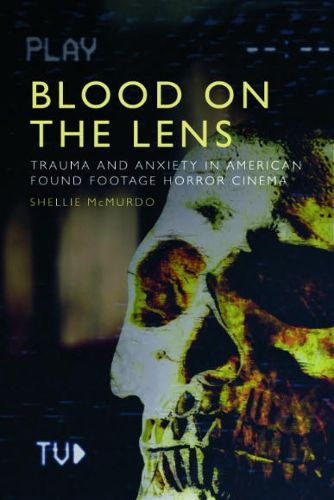Readings Newsletter
Become a Readings Member to make your shopping experience even easier.
Sign in or sign up for free!
You’re not far away from qualifying for FREE standard shipping within Australia
You’ve qualified for FREE standard shipping within Australia
The cart is loading…






Through an identification of key case studies both mainstream and lesser known, Blood on the Lens: Trauma and Anxiety in American Found Footage Horror Cinema argues that found footage horror cinema is uniquely able to confront a pervasive contemporary culture of anxiety and trauma. This book traces how and why the subgenre has continued to endure, even as we enter a post-cinematic landscape.
Through three distinct sections, Blood on the Lens proposes key observations on the found footage horror subgenre. She questions how these films engage with national trauma, the common themes of this body of films and how they relate to wider anxieties. In addition, McMurdo investigates the effect various cultural movements have had on the aesthetics of found footage horror, how these films position their spectator and encourage an active viewing mode, and how the line between fiction and fact is blurred both paratextually and within the films themselves.
$9.00 standard shipping within Australia
FREE standard shipping within Australia for orders over $100.00
Express & International shipping calculated at checkout
Through an identification of key case studies both mainstream and lesser known, Blood on the Lens: Trauma and Anxiety in American Found Footage Horror Cinema argues that found footage horror cinema is uniquely able to confront a pervasive contemporary culture of anxiety and trauma. This book traces how and why the subgenre has continued to endure, even as we enter a post-cinematic landscape.
Through three distinct sections, Blood on the Lens proposes key observations on the found footage horror subgenre. She questions how these films engage with national trauma, the common themes of this body of films and how they relate to wider anxieties. In addition, McMurdo investigates the effect various cultural movements have had on the aesthetics of found footage horror, how these films position their spectator and encourage an active viewing mode, and how the line between fiction and fact is blurred both paratextually and within the films themselves.